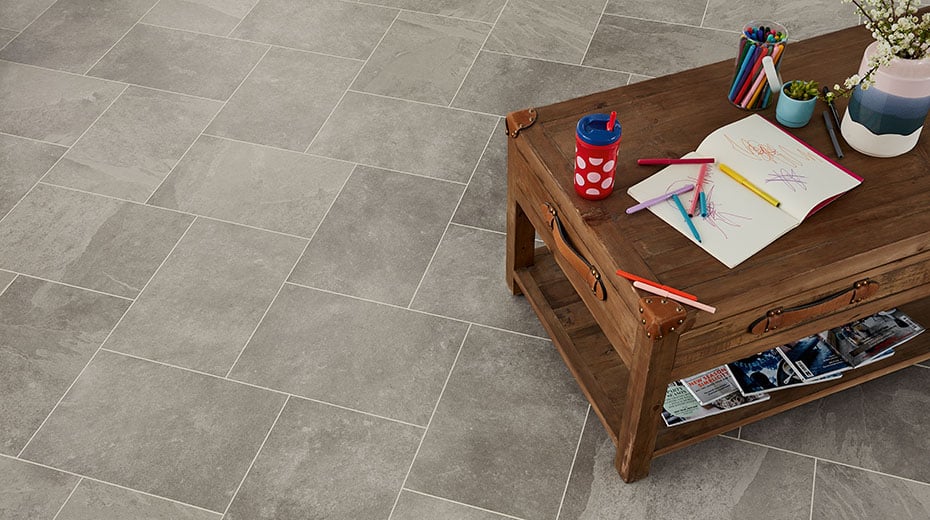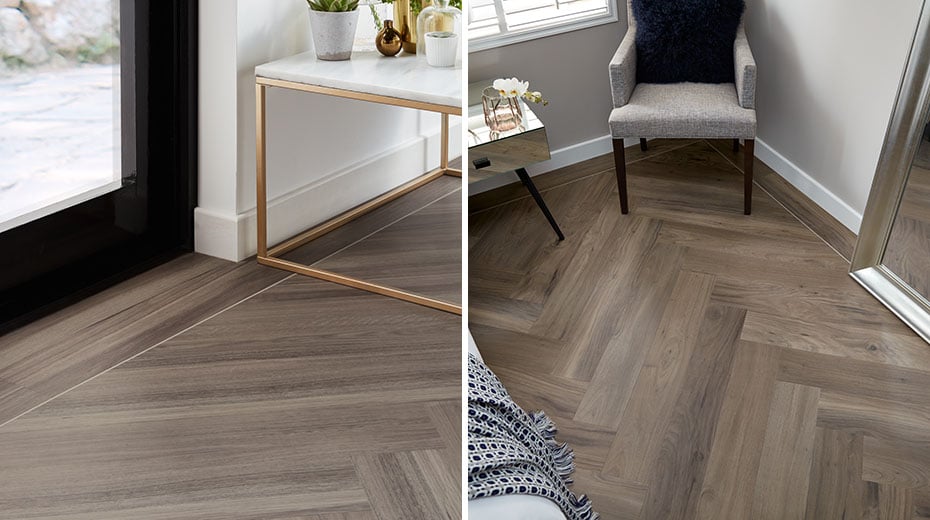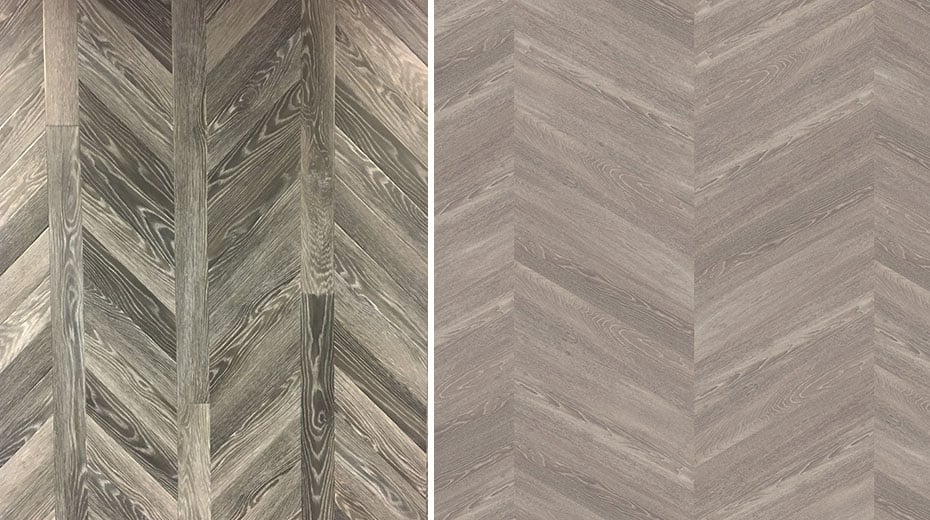As in fashion, pattern is an important element of interior design and home decor. It can be used to draw attention, add interest to the overall design scheme, and is a way to inject your personality. There is certainly no shortage of inspiration when it comes to patterns, but making a final decision can be tough; particularly when it comes to items we don’t want or need to replace very often. When selecting a style of floor for your home, you may want to consider what pattern will stand the test of time, like herringbone.
Although the herringbone pattern was used in interiors during Roman times and throughout the Middle Ages, it wasn’t until the 16th century that the design was used in wooden floors in France. Its popularity increased from the 17th century through the early 20th century.
With its timeless appeal, herringbone designs are more popular than ever. Here are some examples of how you can add “something herringbone” to your floor layout - changing the way you perceive the scale of your space.

Top image: Washed Walnut WP328, above image: Grey Riven Slate ST16
Traditional Herringbone
Both the photo below and the one above show a traditional herringbone pattern, in which planks or tiles are laid at a 90-degree angle to one another. A simple pattern with a beautiful impact. Try combining multiple colors randomly laid in a herringbone pattern to create a personalized look.

Urban Spotted Gum KP141, Washed Walnut WP328
Framed Herringbone
Laying straight planks around the perimeter of the room anchors the design in a space, giving it a finished look. We recommend framing off your pattern if your space is divided by walls, as opposed to one large open area.
Broken Herringbone
In this layout, where planks would come to a point in a typical herringbone, the pattern is interrupted by row of straight planks. This look is usually better suited for wood looks than stone. This is a nice option for breaking up the pattern in large, open areas.

Limed Silk Oak RP96 broken herringbone, Pallido KAL06 (not available in the US) chevron
Chevron
The terms "herringbone" and "chevron" are commonly confused. However, the difference with a chevron pattern is that the edges of the planks are cut at an angle, whereas in a herringbone they are straight.
Looking for that “something herringbone?" Try for yourself using Floorstyle, our digital floor visualizer!







